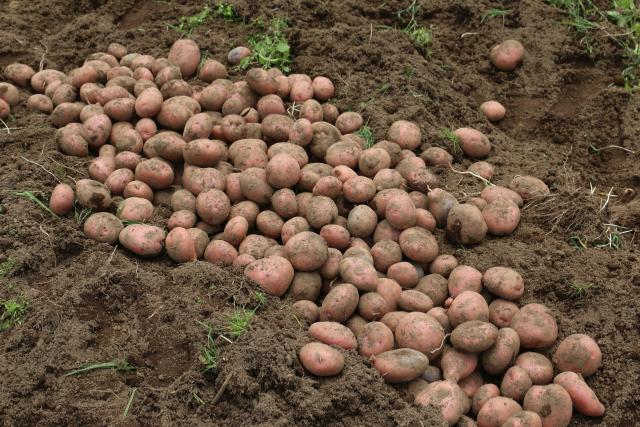

Plant protection agencies across the continent are set to be empowered to better fight a destructive potato pest that can wipe out entire harvests.
Potato Cyst Nematodes (PCN) are tiny worms that attack potato roots, stunting plant growth and reducing yields by up to 100 per cent. The pest has already been reported as highly prevalent in four countries in East and Southern Africa.
The International Institute of Tropical Agriculture (IITA) is providing cutting-edge diagnostic tools and management strategies to tackle the PCN threat.
It is partnering with National Plant Protection Organisations across Africa on the initiative.
Dr Harun Murithi, a consultant crop health specialist in disease and pest management at IITA, said PCN is a quarantine pest that threatens food security and regional trade due to strict border phytosanitary controls.
“Early detection and effective management are crucial to protecting farmers’ livelihoods and potato markets,” he said.
Potato cyst nematodes were first confirmed in Kenya in 2015.
Native to the Andes in South America, they have since spread to many potato-growing regions worldwide.
In Kenya, a 2016 national survey found the pest in 82 per cent of sampled farms, including certified seed farms, with some areas recording high infestation levels.
The survey was conducted by the Kenya Plant Health Inspectorate Services (Kephis), the Kenya Agricultural and Livestock Research Organisation (Kalro), Kenyatta University, the University of Nairobi, International Centre of Insect Physiology and Ecology (Icipe), IITA and the Food and Agriculture Organisation (FAO).
Murithi said there is a WTO’s Standards and Trade Development Facility project to equip national plant protection agencies in 12 countries to figh the pest.
The countries are Burundi, Ethiopia, Kenya, Lesotho, Malawi, Mozambique, Rwanda, South Sudan, Tanzania, Uganda, Zambia and Zimbabwe.
The project is coordinated by FAO and spearheaded by the IITA and Icipe through the NemAfrica lab .
It is a collaborative effort that additionally involves the International Potato Centre, Kephis and the Centre for Agriculture and Bioscience International.
The project aims to build foundational diagnostic skills for National Plant Protection Organisations.
INSTANT ANALYSIS
Potato is Kenya’s second most important food crop after maize, with its cultivation in the country dating back to the 1880s.
According to the National Potato Council of Kenya, the crop is grown twice a year during the long and short rainy seasons.
Annual production is estimated at 1.5 million tonnes from about 161,000 hectares, valued at between Sh40 billion and Sh50 billion.
However, the crop faces major threats from soil-borne pests and diseases, such as nematodes, Fusarium wilt and bacterial wilt.
The potato industry is a significant source of livelihoods, directly and indirectly employing about 3.3 million people as producers, market agents, transporters, processors, vendors, retailers and exporters.













